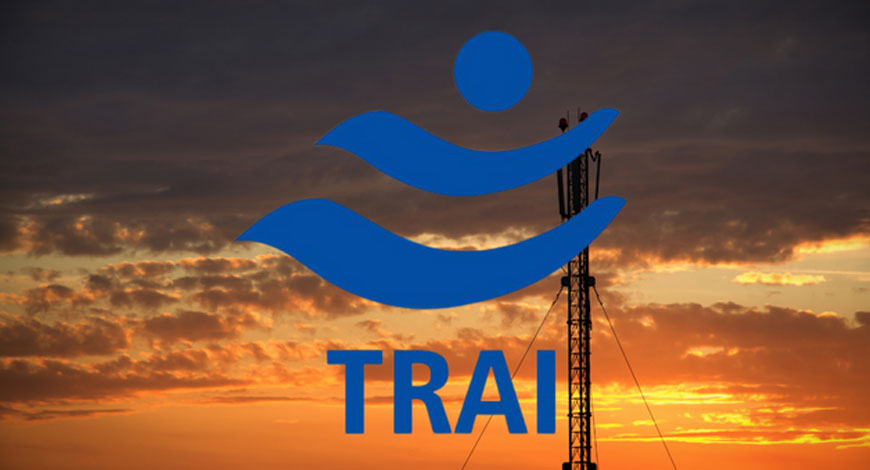Headlines Of The Day
TRAI revising Quality of Service benchmarks

The Telecom Regulatory Authority of India (TRAI) is reportedly planning to have new 4G and 5G guidelines for telecom companies. Despite claims of nationwide 5G rollouts, many mobile users in India still experience only 4G, even in major cities. This confusion might soon be resolved as TRAI considers requiring telecom operators to display network coverage maps on their websites.
TRAI is reportedly currently revising Quality of Service (QoS) benchmarks. By April-May, the regulator plans to issue directives focusing on 4G and 5G availability, as 2G and 3G technologies are expected to phase out. The mandate is likely to impact Reliance Jio and Airtel as Vodafone-Idea is still to roll out 5G services in the country.
4G and 5G coverage maps, downtime and more
“Consumers deserve transparency about network coverage,” said a TRAI official, said. He added, “Telcos should display these maps on their websites to inform users where they can access 5G or 4G.”
Additionally, TRAI reportedly wants operators to report outages of their over 400,000 5G base stations. “Downtime in specific areas significantly impacts network availability,” explained another official. “Telcos need to report these outages.”
As per the report, TRAI also plans to address the rise in “call muting,” where poor connections force users to drop calls. “Packet loss leads to call muting,” said a second official. “Since users have no choice but to disconnect, telcos must report these incidents as call drops.”
TRAI Chairman Anil Kumar Lahoti, appointed in January, emphasized the need for stricter regulations to improve call quality. The regulator is said to be considering harsher financial penalties for companies failing to meet QoS benchmarks at state and district levels, promoting greater accountability.
New QoS norms
Currently, QoS is measured at the wider “telecom circle” level. Even if outages occur in specific districts within a circle, the data might not reflect these issues due to averaging. State and district-level measurement would provide a more precise picture, enabling targeted penalties for prolonged outages in specific areas.
However, the telecom industry opposes TRAI’s proposal for state and district-level data collection. Their network rollout follows the telecom circle structure, and software systems are designed accordingly. Companies argue that sharing data state-wise would be complex due to the varying jurisdictions of licensed service areas. ToI








